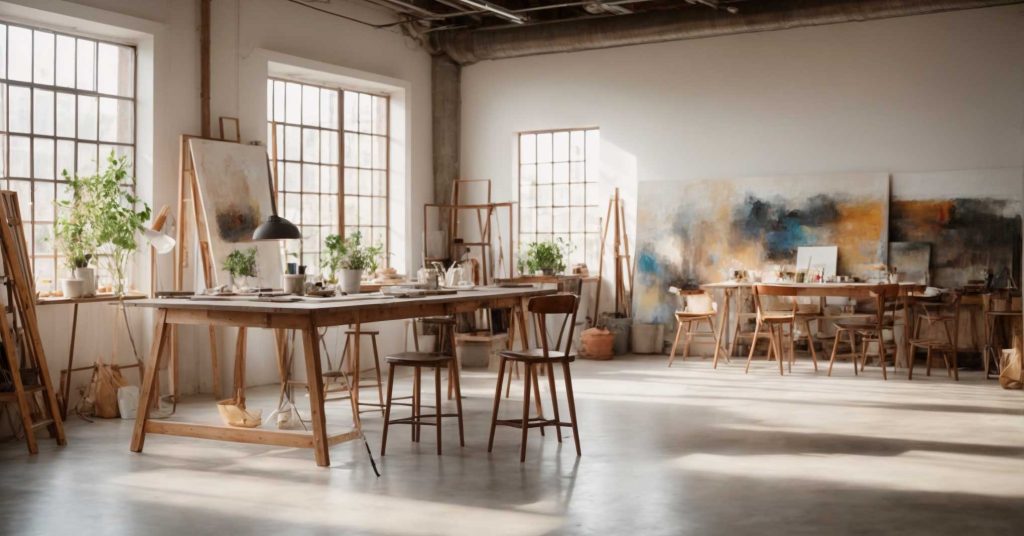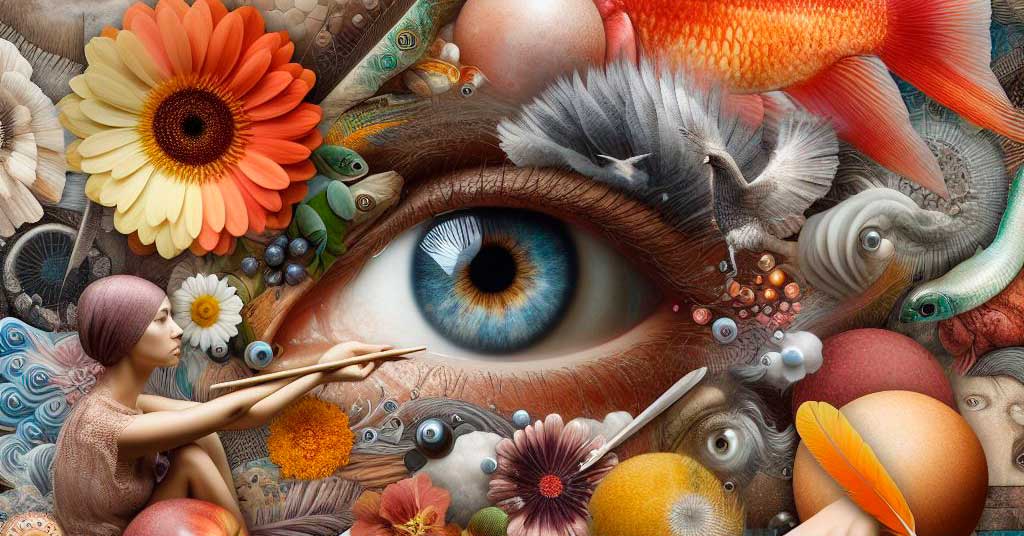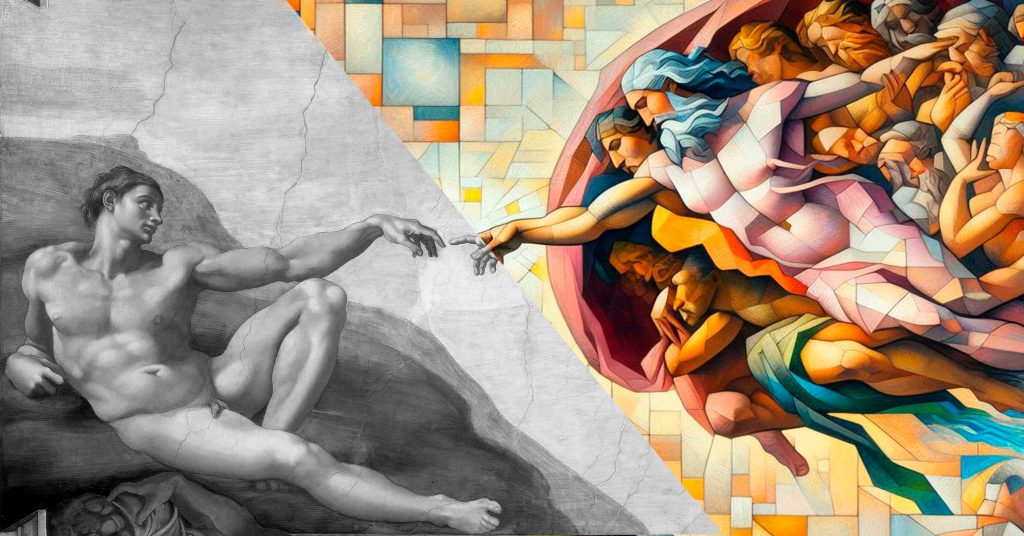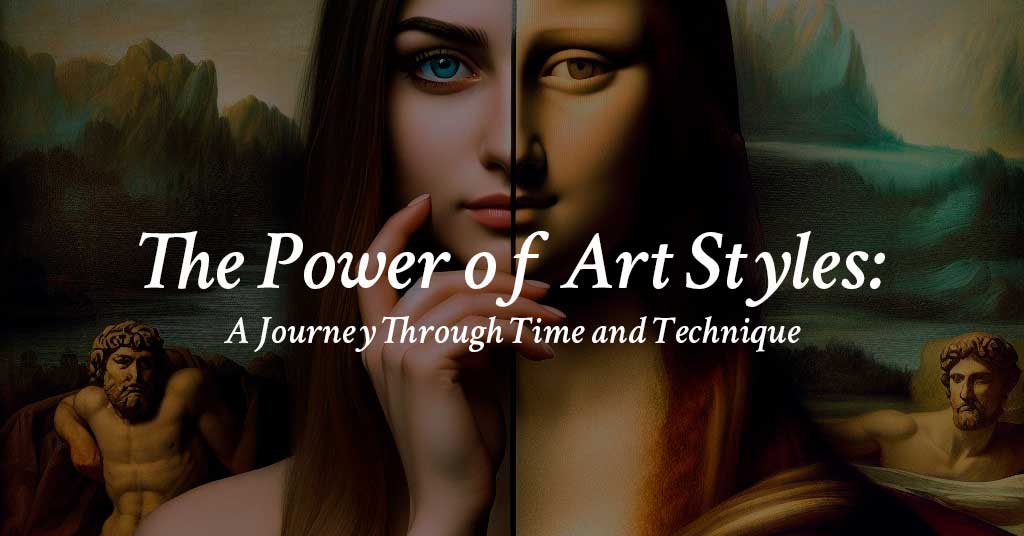
Introduction: The Allure of Art Styles
Art, in its myriad forms, has long captivated the human spirit, serving as a mirror to society, a chronicle of history, and a boundless source of inspiration. Within the realm of art, art styles stand as distinct expressions of human creativity that have shaped our cultural landscape for millennia.
These artistic expressions, each with its unique aesthetic sensibilities and technical mastery, embody the transformative power of art. They have the ability to evoke emotions, convey messages, and inspire creativity, transcending time and cultural boundaries to connect with audiences on a profound level.
Navigating the Tapestry of Time: Art Styles from Ancient to Modern
Throughout history, art styles have evolved in tandem with societal changes, reflecting the prevailing beliefs, values, and artistic sensibilities of each era. Embarking on a journey through time, we uncover a rich tapestry of artistic expression, each style offering a glimpse into the cultural context that gave rise to it.
Ancient Art Styles: A Legacy of Symbolism and Idealism
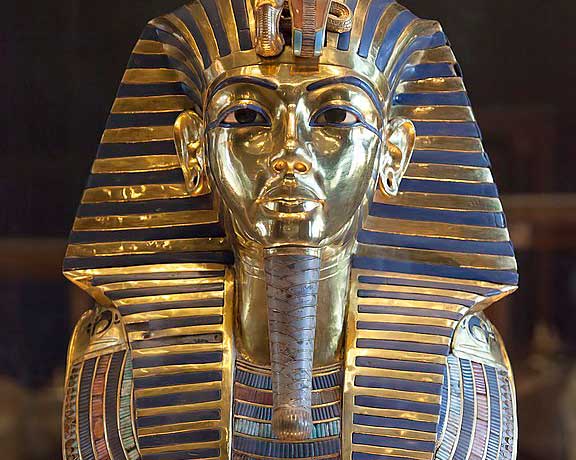

Egyptian Art:
Egypt’s enduring legacy is vividly captured in its art, which is characterized by its symbolic and hieroglyphic nature. The grandeur of pyramids, the intricate details of tomb paintings, and the symbolic representations of gods and pharaohs reflect the Egyptians’ deep connection to the afterlife and their belief in divine order.
Greek Art:
The Greeks, with their emphasis on proportion, perspective, and ideal beauty, laid the foundation for Western art. Their sculptures, renowned for their anatomical accuracy and harmonious proportions, embody the Greek ideals of balance, harmony, and intellectualism.
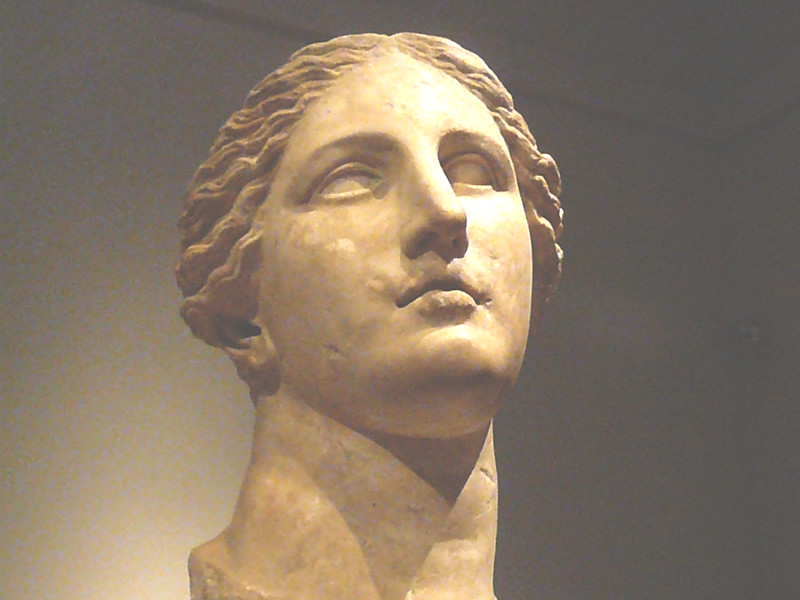

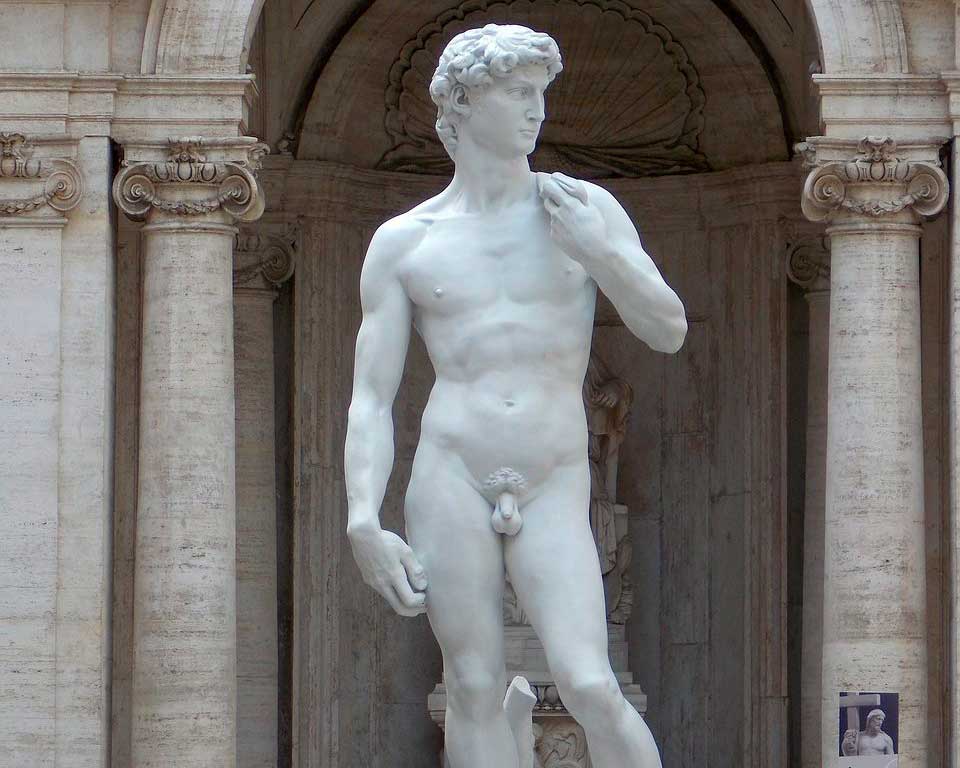

Roman Art:
Roman art, influenced by Greek and Etruscan traditions, is characterized by its grandeur, realism, and mastery of perspective. The Colosseum, the Pantheon, and the intricate mosaics found in Roman villas attest to their architectural and artistic prowess.
Medieval Art Styles: A Symphony of Faith and Spirituality
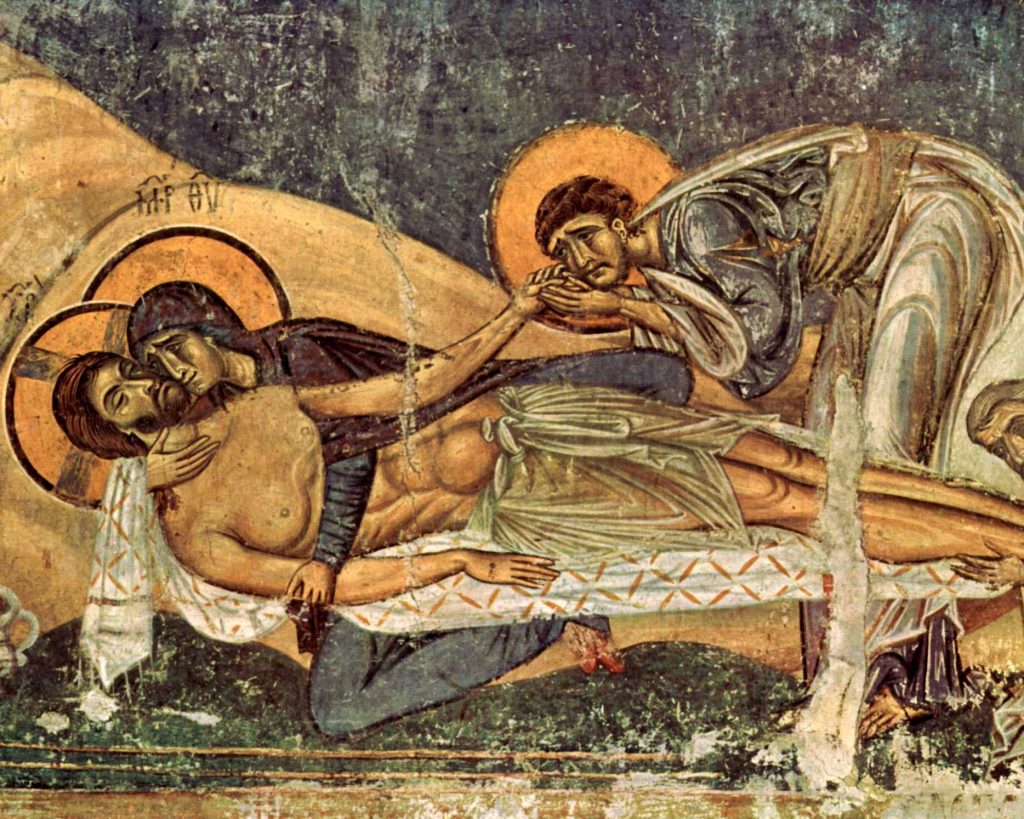

Byzantine Art:
Byzantine art, with its fusion of Eastern and Western influences, is defined by its intricate mosaics, gold leaf embellishments, and religious symbolism. The Hagia Sophia, with its soaring vaults and vibrant mosaics, stands as a testament to Byzantine artistic brilliance.
Gothic Art:
The awe-inspiring Gothic cathedrals, with their soaring structures, stained glass windows, and dramatic depictions of Christianity, embody the spirituality and grandeur of the Gothic era. The intricate stonework, stained glass masterpieces, and dramatic narratives of these cathedrals continue to inspire awe today.
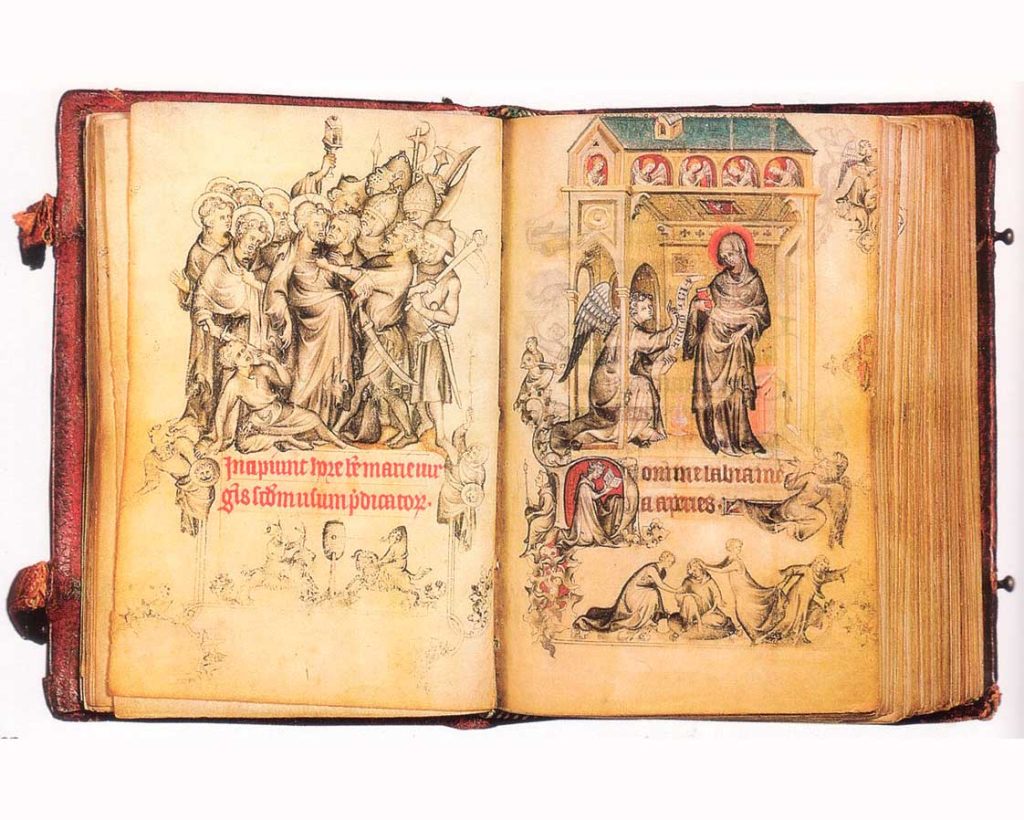

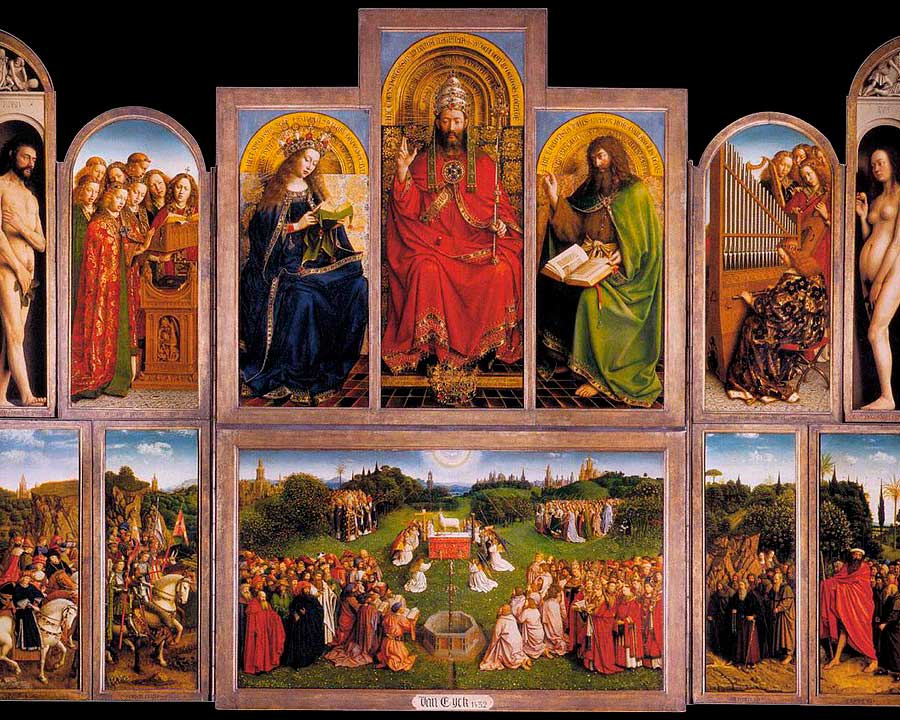

Renaissance Art:
The Renaissance era witnessed a rebirth of classical ideals, leading to a surge in artistic innovation and mastery. Renaissance art, with its emphasis on humanism, realism, and perspective, is characterized by works like Michelangelo’s David, Leonardo da Vinci’s Mona Lisa, and Raphael’s School of Athens.
Modern Art Styles: Breaking Barriers and Redefining Expression
The 20th century witnessed a radical shift in artistic expression, as artists challenged conventions and explored new avenues of creativity. These modern artistic styles, with their diverse approaches and innovative techniques, continue to shape our understanding of art today.
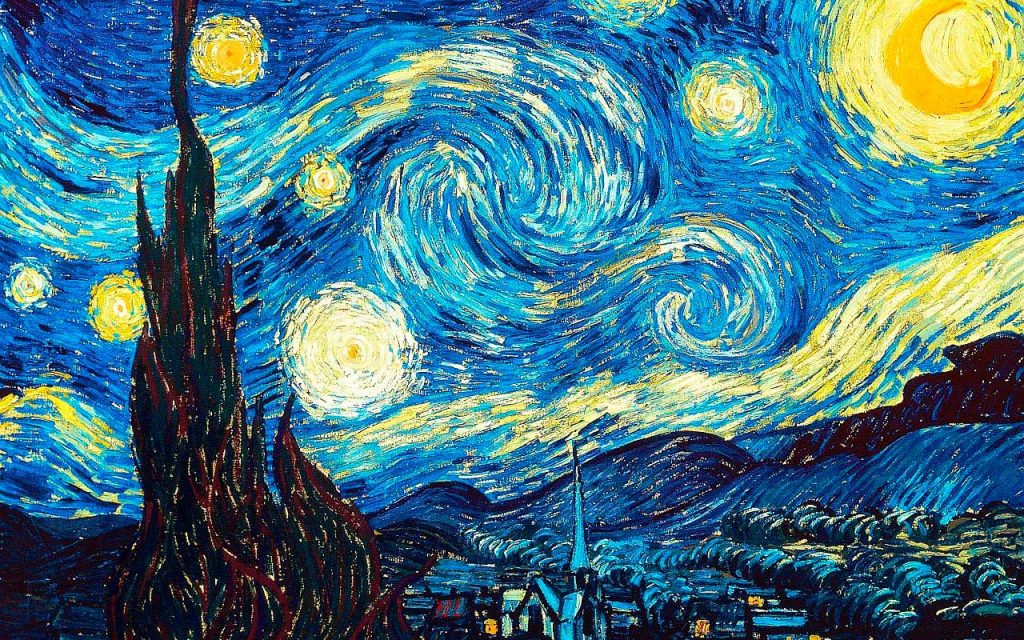

Impressionism:
Impressionist artists captured the fleeting moments and fleeting effects of light and color, breaking away from the traditional emphasis on realism. Claude Monet’s Impression, Sunrise and Edgar Degas’ Dancers exemplify the Impressionist style’s capturing of light, movement, and everyday scenes.
Post-Impressionism:
Post-Impressionists, influenced by Impressionism, experimented with color, form, and personal expression. Vincent van Gogh’s Starry Night and Paul Cézanne’s apples demonstrate the Post-Impressionist style’s departure from traditional representation and its emphasis on individual expression.
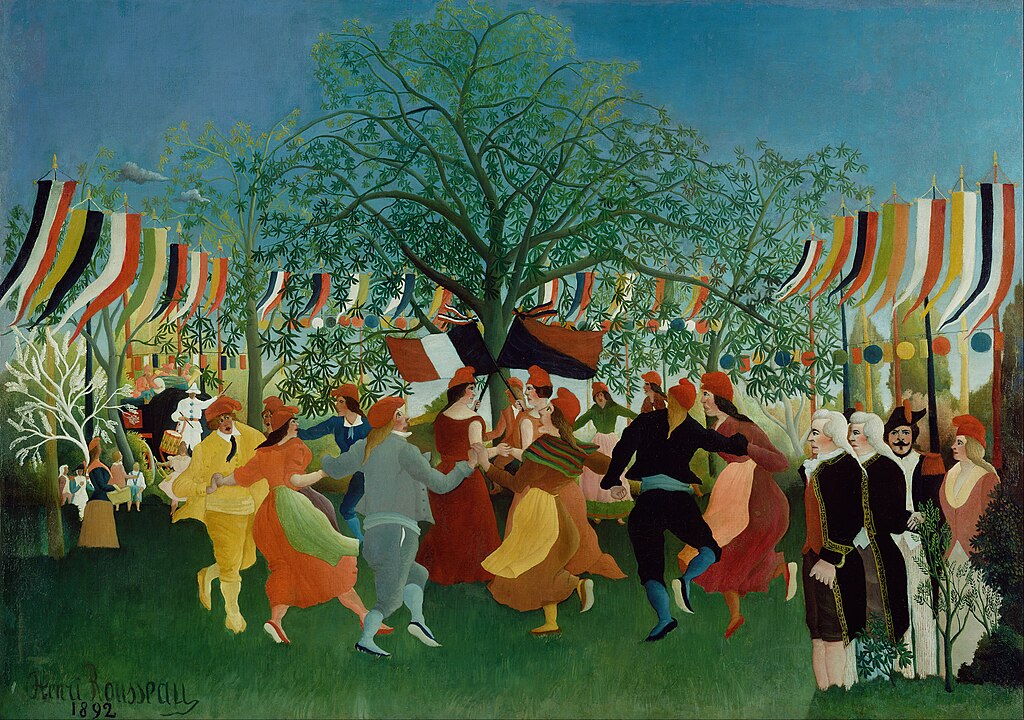

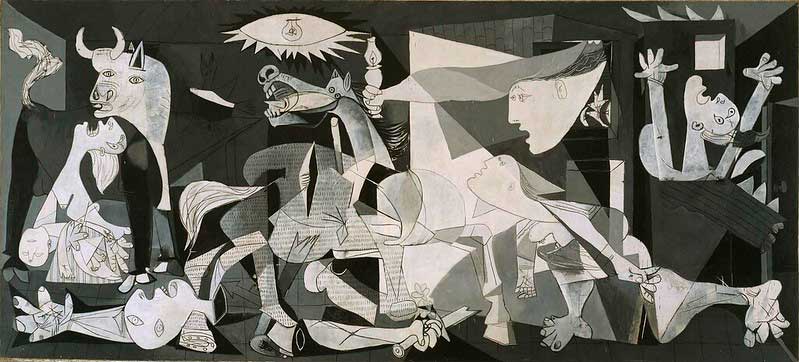

Cubism:
Pablo Picasso’s groundbreaking Cubist works shattered the traditional notion of perspective, breaking down objects into geometric shapes and fragments. Cubism revolutionized art, challenging viewers’ perceptions and paving the way for modern art movements.
Contemporary Art Styles: Embracing Diversity and Innovation
The contemporary art world continues to evolve, embracing a wide range of styles, techniques, and mediums. From the emotional intensity and expressive brushwork of Abstract Expressionists like Jackson Pollock to the celebration of popular culture and everyday objects in Pop Art by Andy Warhol and Roy Lichtenstein, contemporary art reflects the diverse voices and perspectives of our time.
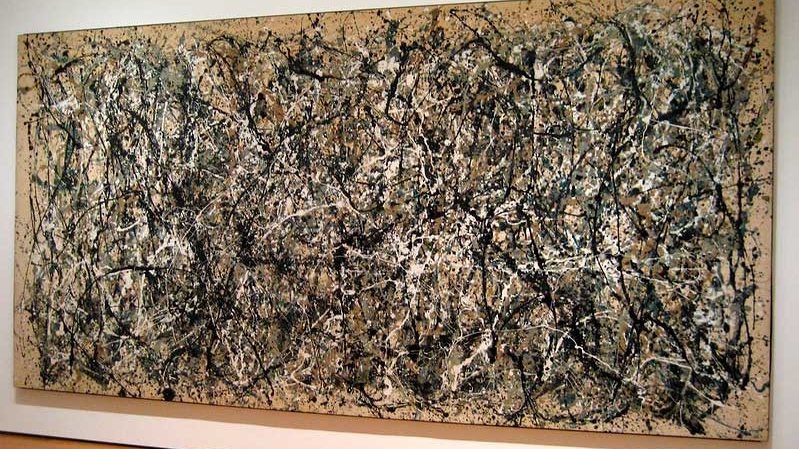

Abstract Expressionism:
Abstract Expressionism, characterized by its emotional intensity and expressive brushwork, emerged in the post-World War II era. Jackson Pollock’s drip paintings and Willem de Kooning’s abstract figures exemplify the movement’s emphasis on raw emotion and unfettered artistic expression.
Pop Art:
Pop Art, embracing popular culture and everyday objects, emerged in the 1950s and 1960s. Andy Warhol’s iconic Campbell’s Soup Cans and Roy Lichtenstein’s comic-inspired paintings revolutionized art, blurring the lines between high and low culture.
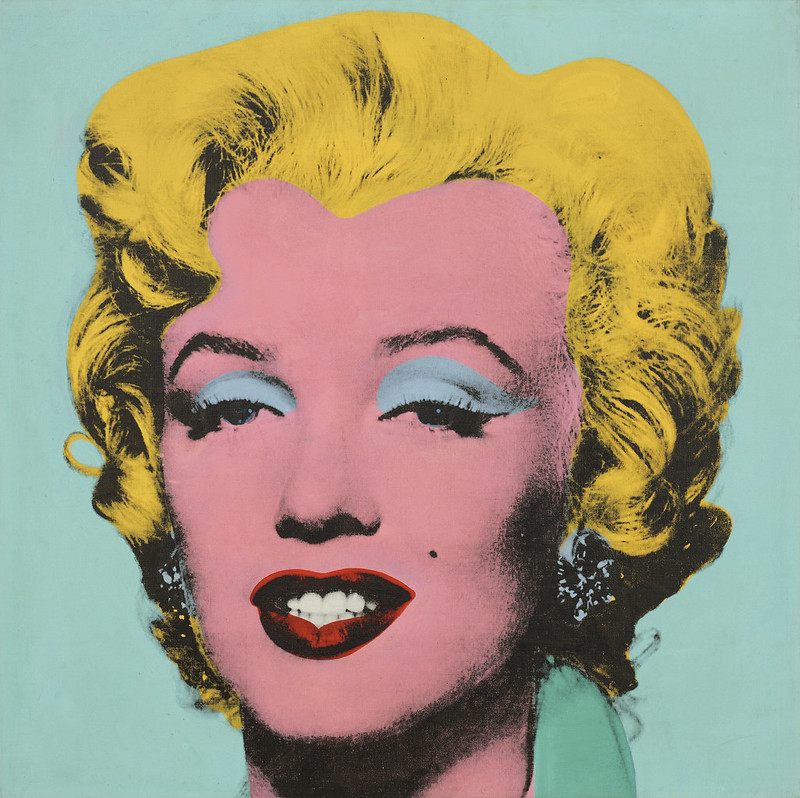

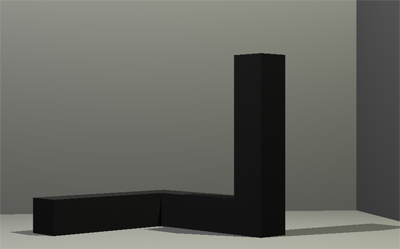

Minimalism:
Minimalism, emphasizing simplicity, repetition, and pure colors, emerged in the 1960s. Donald Judd’s geometric sculptures and Agnes Martin’s delicate grids exemplify the movement’s pursuit of tranquility, balance, and essential forms.
Conceptual Art:
Conceptual art, pioneered in the 1960s, focuses on ideas and concepts rather than traditional aesthetic concerns. Artists like Joseph Kosuth, Marcel Duchamp, and Andy Warhol explored the nature of art, challenging the boundaries between art and everyday objects, and blurring the lines between art production and consumption. Conceptual art demands our active engagement and interpretation, prompting us to question the very foundations of art itself.
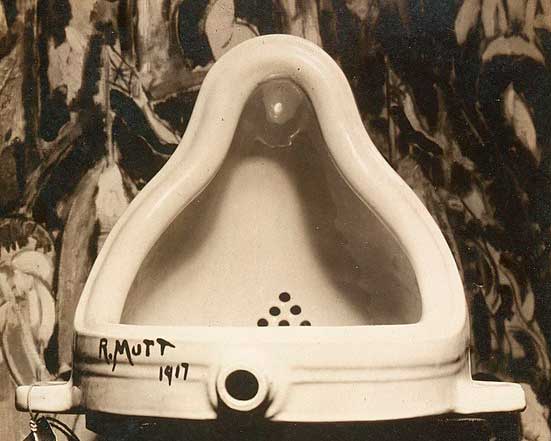

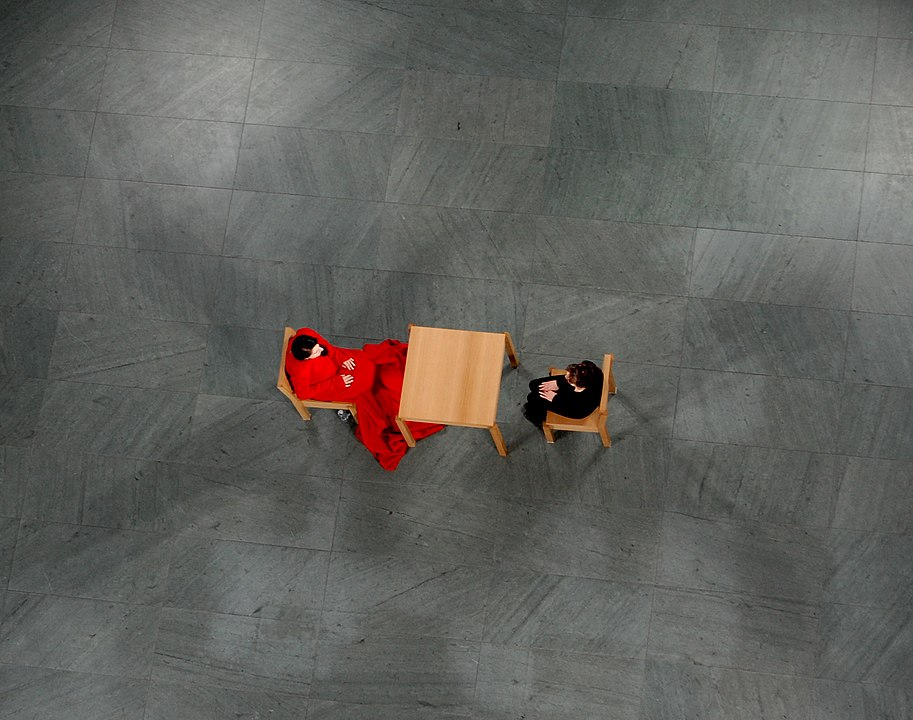

Performance Art:
Performance art, a dynamic and evolving art form, engages the performer’s body and actions as the medium of expression. Artists like Marina Abramović, Chris Burden, and Laurie Anderson use their bodies as canvases, blurring the lines between art and life. Performance art challenges our perceptions of time, space, and the body, immersing us in the immediacy and spontaneity of the artistic experience.
Digital Art:
The advent of digital technology has opened up a new realm for artistic expression. Artists like Andy Warhol and Roy Lichtenstein appropriated images from mass media, while others, like Nam June Paik and Pipilotti Rist, explored the immersive and interactive possibilities of digital art. Digital art challenges our notions of authorship, authenticity, and the boundaries between art, technology, and everyday life.


Contemporary art continues to push the boundaries of creativity and innovation, reflecting the ever-changing world around us. By embracing diversity and experimentation, contemporary artists continue to shape our understanding of art and its role in society.
Harnessing the Power of Art Styles for Creative Expression
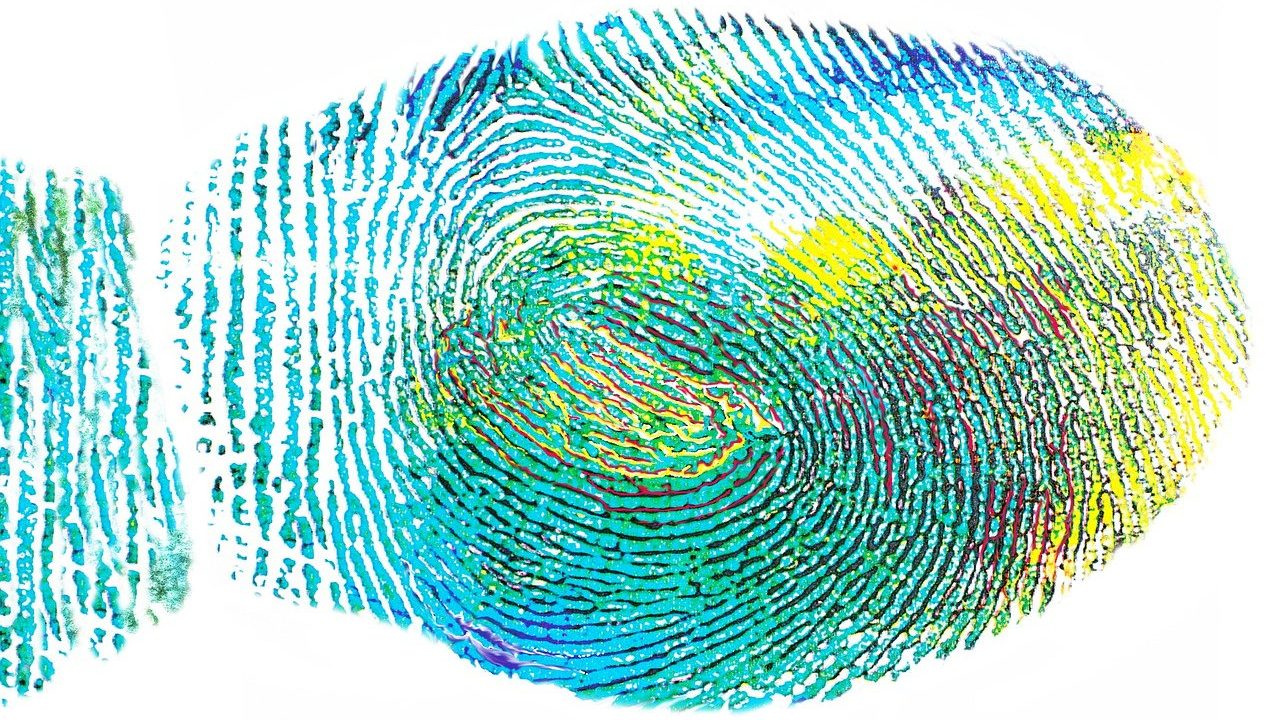

Art styles are not merely historical relics or academic concepts; they are dynamic tools that can be harnessed to enhance creative expression and personal growth. By understanding and embracing the diverse range of art styles, artists can expand their creative horizons, experiment with new techniques, and develop unique artistic identities.
Versatility and Adaptability
Artistic styles are not rigid constraints but rather flexible frameworks that can be adapted to suit the artist’s individual vision and creative goals. Picasso’s Cubist works, for instance, drew inspiration from African and Oceanic art, demonstrating the transformative power of art styles to cross cultural boundaries and inspire innovation.
Fostering Personal Expression and Unique Artistic Identities
Art styles can serve as catalysts for personal expression, allowing artists to explore their emotions, beliefs, and unique perspectives. By incorporating elements of different art styles, artists can create a hybrid style that reflects their own artistic voice and connects with their audience on a deeper level.
Incorporating Diverse Art Styles
Here are some practical tips for incorporating diverse art styles into one’s creative endeavors:
- Study and analyze different art styles: Engage with art by visiting museums, galleries, and exhibitions. Study the works of renowned artists and analyze the techniques, compositions, and emotional impact of their art.
- Experiment with different materials and techniques: Try out new art mediums, such as painting, sculpture, photography, or digital art. Experiment with various techniques within each medium to explore the possibilities offered by different artistic styles.
- Draw inspiration from everyday life: Observe your surroundings, find inspiration in nature, and capture the essence of everyday moments in your art. Blend elements of different art styles to create your own unique perspective.
Embracing the Enduring Legacy of Art Styles
Art styles are not static relics of the past; they continue to evolve and reflect the ever-changing cultural landscape. Contemporary artists are constantly pushing the boundaries of art, incorporating elements of traditional art styles into their work and creating new hybrid forms of expression.
The enduring legacy of art styles lies in their ability to transcend time and cultural boundaries, connecting with audiences on a universal level. They provide a rich tapestry of artistic expression, offering insights into the human condition, societal values, and the transformative power of creativity.
Conclusion: A Call to Artistic Discovery
Our exploration of art styles has revealed their profound influence on human culture, their ability to evoke emotions, and their role in personal expression. As we delve deeper into the diverse world of art styles, we embark on a journey of artistic discovery, opening ourselves to new perspectives, techniques, and creative possibilities.
Embrace the transformative power of art styles and embark on your own artistic odyssey. Explore the vast array of art styles, from the ancient masterpieces of Egypt and Greece to the groundbreaking works of modern and contemporary artists.
As you delve into this world of artistic expression, you will discover that artistic styles are not merely historical classifications but rather living, breathing expressions of human creativity. They serve as a bridge between the past and the present, connecting us to the artistic traditions that have shaped our world and inspiring us to create our own masterpieces.
FAQs
What are art styles?
Art styles are distinctive artistic expressions that share common features like subject matter, technique, composition, and color palette. They mirror the prevalent cultural norms, values, and artistic sensibilities of a specific era or movement.
How do art styles evolve?
Art styles evolve over time as artists defy conventions, experiment with new techniques, and respond to shifting societal and cultural landscapes. This evolution paves the way for the emergence of new art movements that push the boundaries of artistic expression.
Why are art styles important?
Art styles play a crucial role in comprehending human culture, societal values, and the transformative power of creativity. They serve as a lens through which we can delve into historical periods, explore artistic movements, and appreciate the diversity of human expression.
What are some of the most influential art styles throughout history?
Numerous art styles have had a profound impact on art history, including: Egyptian Art, Greek Art, Roman Art, Byzantine Art, Gothic Art and Renaissance Art

